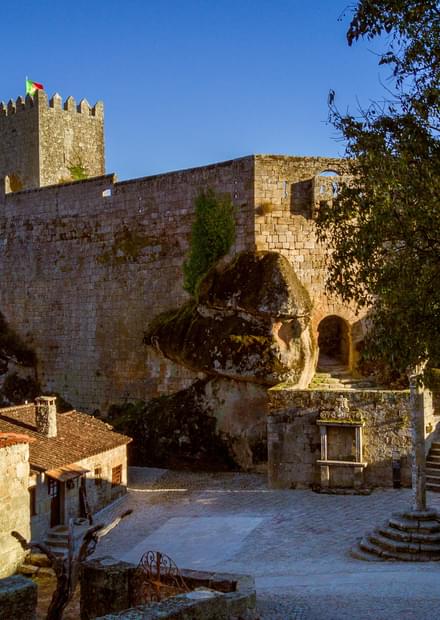Historical Villages of Portugal
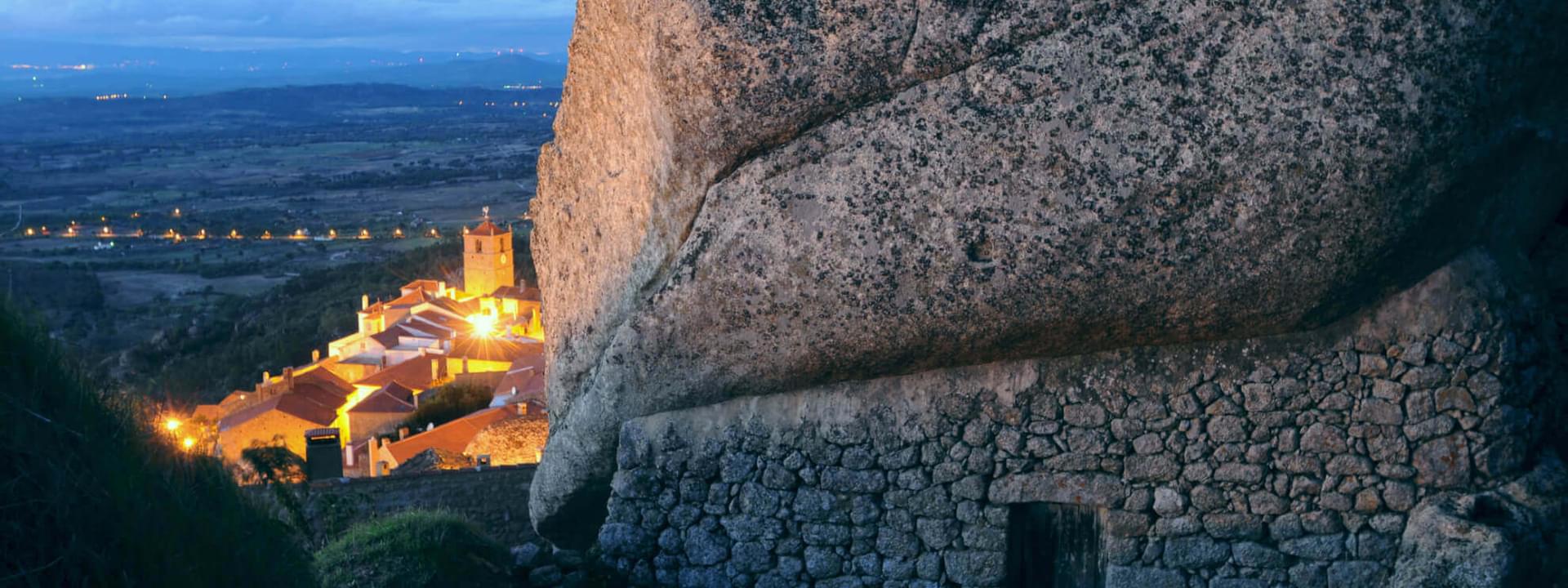
They can be very small dots in the world map, but it was thanks to them that the fate of a country was changed. Strategically placed next to the Spanish border, Portugal’s Historic Villages are the work result of many generations of Kings who were concerned about territorial defense and decided to populate and fortify the area.
This mission was carried out especially by King Afonso I, who created the County of Portugal, and by D. Dinis, the King who signed the treaty which would establish the final border with Spain. Nowadays, this is the oldest border in Europe and there were many rulers who built castles and walls, granted charters and gave privileges to those who would establish themselves in these areas. Because if no one lived in a place where so many battles were fought, it would have been easier for the enemy to conquer it. People saw each victory as a miracle, so they quickly built chapels or churches. For each event, a legend was created and this gave a magical feeling to the Portuguese Beira (border). And so, century after century, our heritage was built, destroyed and then built again. Nowadays, it still echoes the entire History of Portugal. Discover it in Almeida, Belmonte, Castelo Mendo, Castelo Novo, Castelo Rodrigo, Idanha-a-Velha, Linhares da Beira, Marialva, Monsanto, Piódão, Sortelha and Trancoso.
Historic Villages Programme
Just like the medieval times, during which these villages would unite to fight against the enemy, nowadays, they unite to fight against the passage of time and desertification. The Historic Villages Network provided a development and appreciation strategy based on Historical, Cultural and Heritage values to this area of the centre interior of Portugal. What at first seemed some public works – like recovering façades and house roofs, urban developments, improving accesses and benefiting monuments – turned out to recover these villages, not just physically, but symbolically. It was able to improve the economy and gave the opportunity to local inhabitants to intervene and also to socially boost the region. Nowadays, the sometimes old faces of those who remained in the village are combined with the faces of thousands of visitors who are looking for an adventure through the past and soul of the Portuguese Beira.
Nature, Culture and History of Portugal
The Historic Villages were created in an area full of natural assets known as the Portuguese Beira and are near Serra da Marofa, Serra da Estrela Natural Park, Gardunha and the Natural Reserve of Malcata. With this setting, it is impossible to resist discovering the numerous tracks that go through the villages and enjoy a walking, riding or car visit. Be inspired by the breathtaking views and take the chance to taste some of the most traditional products in the area. There is also History in the cheese, wine, kid, lamb, sausages and olive oils of the central part of Portugal. After, you can visit the historical centres and their religious heritage, popular architecture, palaces and manor houses. Let Medieval Portugal, the Age of Discoveries, the Restoration and the French Invasions or even pre-history take you away. And you don’t need to see everything at once. We’re certain that, someday, you will want to go back to the Historical Villages of Portugal.
Articles about Historical Villages of Portugal

Great Route of the Historical Villages
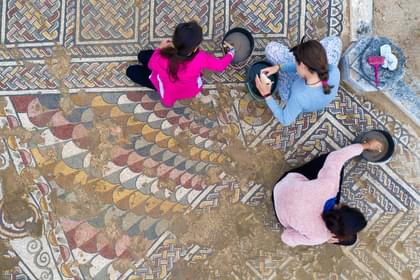
Here come the Romans!
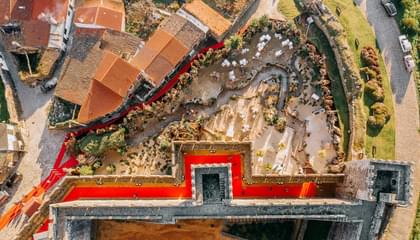
Christmas in Sabugal
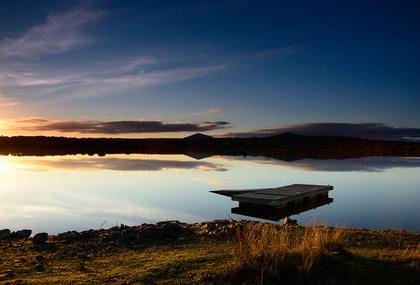
The starry skies above us











